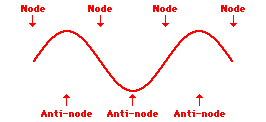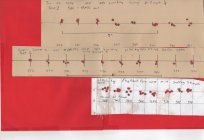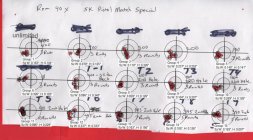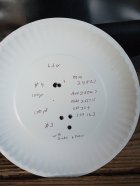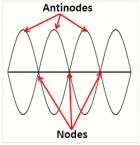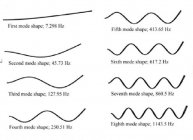dgeesaman
Gold $$ Contributor
Maybe this has been mentioned but I suggest using a matched lot for the gun, matched by testing without a tuner or the tuner at an arbitrary baseline setting.
Two reasons: 1) you could have a hard time discerning the tune if the groups are generally poor 2) you can justify telling customers to leave off their tuner for tunnel testing unless they are very confident in the tune.
Then if you're successful, I suggest taking the *worst* ammo lot for the gun (not cheap stuff, just good match ammo that it didn't like) and see if you can 'tune' that ammo to shoot well. Most of us will expect it won't work, but having data to show it is much better. But there are some who assume they can use their tuner to make any lot of good quality ammo shoot well.
BTW congrats on SB Nationals. I was getting reports from our clubs shooter in attendance and the 3rd hand info said "some Palma guy" was running the table and managing the electronic targets and wind reading differently/better than the rest. I laughed when I looked it up and saw it was you. I told them you're not just "some" Palma guy.
Two reasons: 1) you could have a hard time discerning the tune if the groups are generally poor 2) you can justify telling customers to leave off their tuner for tunnel testing unless they are very confident in the tune.
Then if you're successful, I suggest taking the *worst* ammo lot for the gun (not cheap stuff, just good match ammo that it didn't like) and see if you can 'tune' that ammo to shoot well. Most of us will expect it won't work, but having data to show it is much better. But there are some who assume they can use their tuner to make any lot of good quality ammo shoot well.
BTW congrats on SB Nationals. I was getting reports from our clubs shooter in attendance and the 3rd hand info said "some Palma guy" was running the table and managing the electronic targets and wind reading differently/better than the rest. I laughed when I looked it up and saw it was you. I told them you're not just "some" Palma guy.
Last edited:










